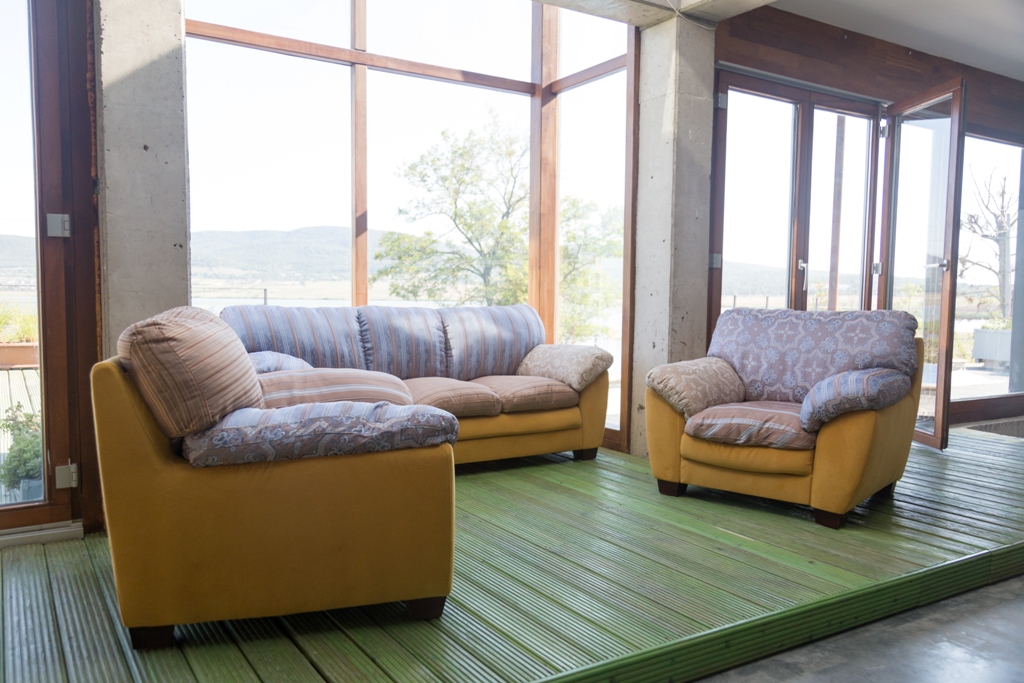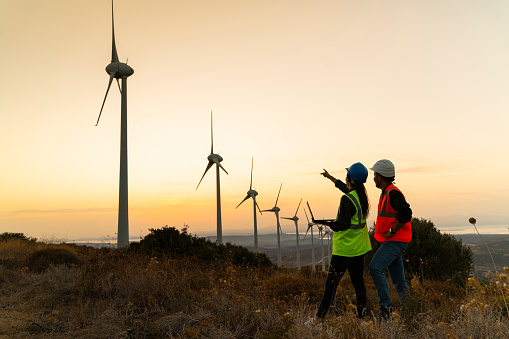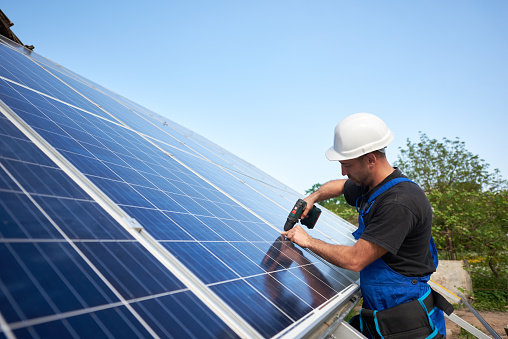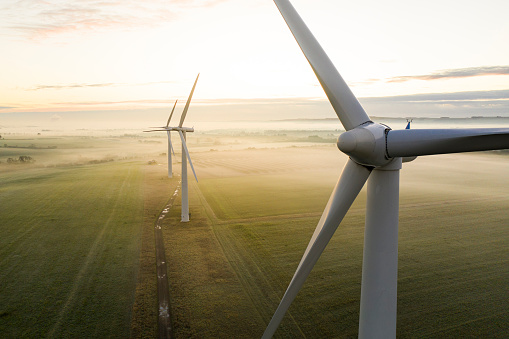About Esco-S
What does Esco-S do?
Drawing from advanced experience in the field of sustainable design, “Esco-S” helps consumers to create more environmentally sensitive structures, Esco (Energy Service Company) principle-based comfortable living and working environment and cost-efficiency of the building project.
What did Esco-S achieve so far?
During its five years of existence company steadily provides engineering including MEP, supervision and project management services for all types of residential, commercial, public or industrial building projects.
What are Esco-S guiding principles?
“Esco-s” operates in accordance with European Standards (EC codes) and its approach is based on best practices in the modern world. “Esco-S” employs a team of experienced professional engineers and researchers who provides a full package of engineering/consulting services for design-realization-operation of financial and technical models, Energy Management and IAQ, Property and Risk Assessment, Project and Construction Management.
Sustainable Engineering
What is sustainable engineering?
Sustainable engineering is the process of designing or operating systems such that they use energy and resources sustainably, in other words, at a rate that does not compromise the natural environment, or the ability of future generations to meet their own needs.
Why sustainable engineering is important?
The more sustainable buildings that are designed and constructed, the better our environment will be as a result. Every way you look at it, sustainable design is able to reduce operation costs of a building. Harnessing power from solar, wind, and/or water, a building is able to create its own power at minimal costs.
When did the concept of sustainable engineering emerge?
While one may argue that ancient water distribution systems are the earliest form of sustainable engineering, modern sustainable engineering finds its beginnings in 19th century London.
Joseph Bazelgate designed the world’s first major sewer system to solve the Great Stink, where hot weather inflamed the smell of waste in the River Thames. Before the system, the sewers emptied directly into the river which was also the main supply of drinking water for the city. The design did more than change how waste was moved – it revolutionised how the public lived, with waterborne diseases reducing dramatically.
This intelligent design focused on improving environmental quality and the health of the population. It also paved the way for the next millennium of engineering.
Solar Energy
What is solar energy?
Solar energy is the transformation of heat, the energy that comes from the sun. It has been used for thousands of years in many different ways by people all over the world. The oldest uses of solar energy is for heating, cooking, and drying.
Could you please give some examples of solar energy usage in the modern era?
Solar energy is used today in a number of ways:
- As heat for making hot water, heating buildings and cooking
- To generate electricity with solar cells or heat engines
- To take the salt away from sea water.
- To use sun rays for drying clothes and towels.
- It is used by plants for the process of photosynthesis.
- To use in cooking (Solar cookers).
How does solar energy work?
When the sun shines onto a solar panel, energy from the sunlight is absorbed by the PV cells in the panel. This energy creates electrical charges that move in response to an internal electrical field in the cell, causing electricity to flow
Wind Energy
What is wind energy and how does it work?
Wind turbines operate on a simple principle. The energy in the wind turns two or three propeller-like blades around a rotor. The rotor is connected to the main shaft, which spins a generator to create electricity.
How is wind energy made?
Wind turbines use blades to collect the wind’s kinetic energy. Wind flows over the blades creating lift (similar to the effect on airplane wings), which causes the blades to turn. The blades are connected to a drive shaft that turns an electric generator, which produces (generates) electricity.
Costs Benefits
Is alternative energy cost effective?
In most places in the world power from new renewables is now cheaper than power from new fossil fuels. The fundamental driver of this change is that renewable energy technologies follow learning curves, which means that with each doubling of the cumulative installed capacity their price declines by the same fraction
What is the lowest cost way to produce energy?
The consensus of recent major global studies of generation costs is that wind and solar power are the lowest-cost sources of electricity available today.
What are the cheapest renewable energy sources?
The IRENA Renewable Power Generation Costs in 2017 report found that solar and onshore wind are the cheapest energy sources, reporting that in 2017 wind turbine prices had an average cost of $0.06 per kWh, though some schemes were $0.04 per kWh. The cost of solar photovoltaic (PV) had fallen to $0.10 per kWh.
In comparison, electricity generation based on fossil fuels typically falls in a price range of $0.05 to $0.17 per kWh.








